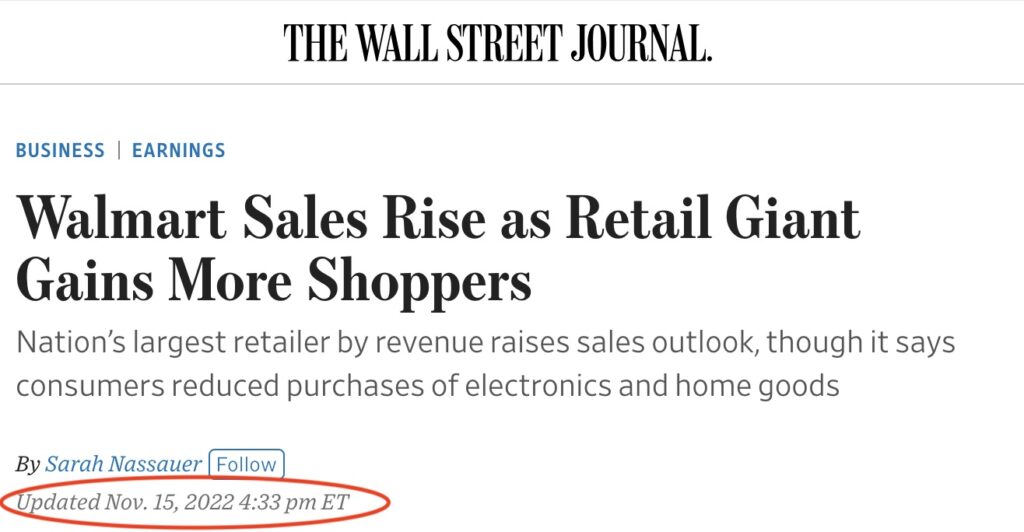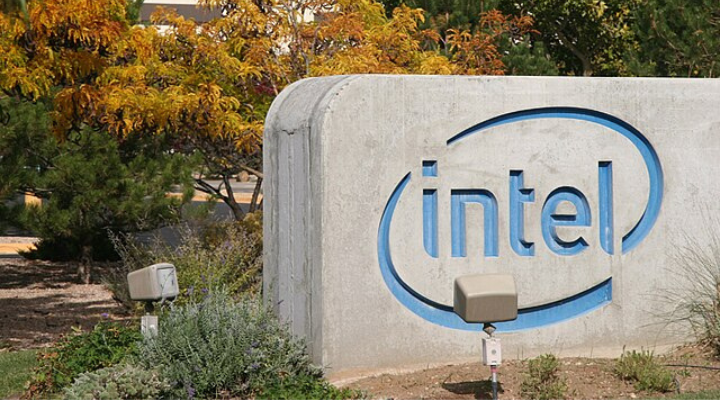It accounts for 70% of the country’s GDP.
Consumer spending.
Makes sense. Healthy consumers are obviously necessary for a healthy economy.
But good health isn’t always apparent on the surface. Trouble can be quietly developing under the surface.
Like the heart disease candidate whose arteries are filling with plaque. They may look perfectly fine… until they’re lying on the ground clutching their chest.
Today’s economy is something like that.
Last October, the BEA announced that real GDP rose at an annualized rate of 2.8%.
That is an impressive number.
To take it at face value (much like the Fed has been insisting we do) you’d have to say that the economy, and consumers in particular, are doing just fine. So have another piece of cheesecake.
The reality underlying the situation, however, isn’t so good.
A Shift in Buying Preference
In a broadly healthy economy, a rising GDP should lift all boats. (Or most anyway.) You expect to see retailers posting great numbers across the board. Blood is pumping through those arteries.
But that’s not what has been happening. And it hasn’t been happening for some time…
All the way back in November 2022, the Wall Street Journal reported:

“Walmart gains more shoppers” sounds like good news. But article reported strains in the consumer sector:
The country’s largest retailer by revenue said Tuesday that households continue to face pressure from rising food prices, and lower-income shoppers are eating into savings.
Inflation was still roaring at the time and CPI for that month came in at 7.1%. And you’d expect that kind of news from lower-income shoppers. But what you might not expect…
During the most recent quarter, households earning $100,000 or more helped push Walmart grocery sales higher, executives said.
Sales data had indicated that higher-income consumers had begun to trade down searching for bargains. When inflation begins to reach the middle to upper income brackets, stress is beginning to build.
Still, with prices soaring over 7% annually, it’d be reasonable to argue that most households would be looking to save a buck or two.
But now with inflation “well on track back to 2%,” if you believe the Fed, things should be shifting back to normal. But they’re not.
In fact, they’re going in the opposite direction…
The Trade Down Continues
This November Walmart released its earnings. Not only did they beat revenue and earnings estimates, they raised their forward guidance.
In particular, management noted…
While average transaction growth slowed, customers are buying more at each visit, driving ticket sizes. A lot of that growth was driven by upper-income households making $100,000 a year or more as increasingly more affluent households trade down. That cohort made up roughly 75% of share gains for the quarter.
Two years later, the $100K and up cohort is still shopping at Walmart. And they’re doing it more and more.
This suggests clear strains in the economy. In a recent webinar, Goldman Sachs noted:
Our focus on the webinar centers around discussing high-end and low-end consumers trading down. This phenomenon occurs as macroeconomic headwinds mount, including elevated inflation and high interest rates due to backfiring ‘Bidenomics.’ More importantly, trading down occurs when incomes don’t keep up with inflation or when purchasing power decreases.
So the trade down phenomenon itself is suggesting trouble. But there’s more…
The bargain hunting isn’t carrying across the board.
Target, who released their earnings the same day as Walmart, missed everywhere with their stock dropping 21% on the news.
This suggests that the trade down to discount stores isn’t even widespread. (Even Dollar General collapsed on its latest earnings report.)
The bottom line: The trade down and concentration of retail customers suggests they’re taking a seriously defensive position as economic conditions become more and more uncertain.
Could be tough times ahead.







